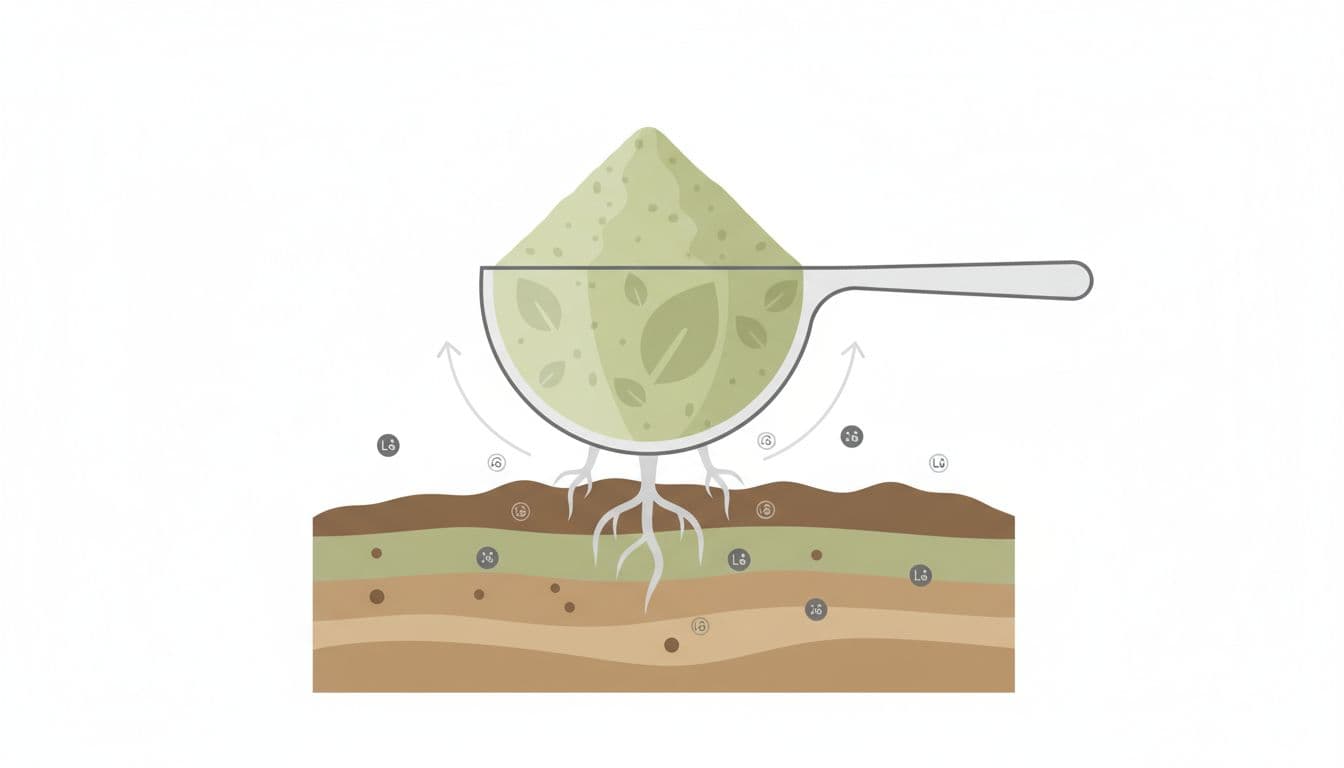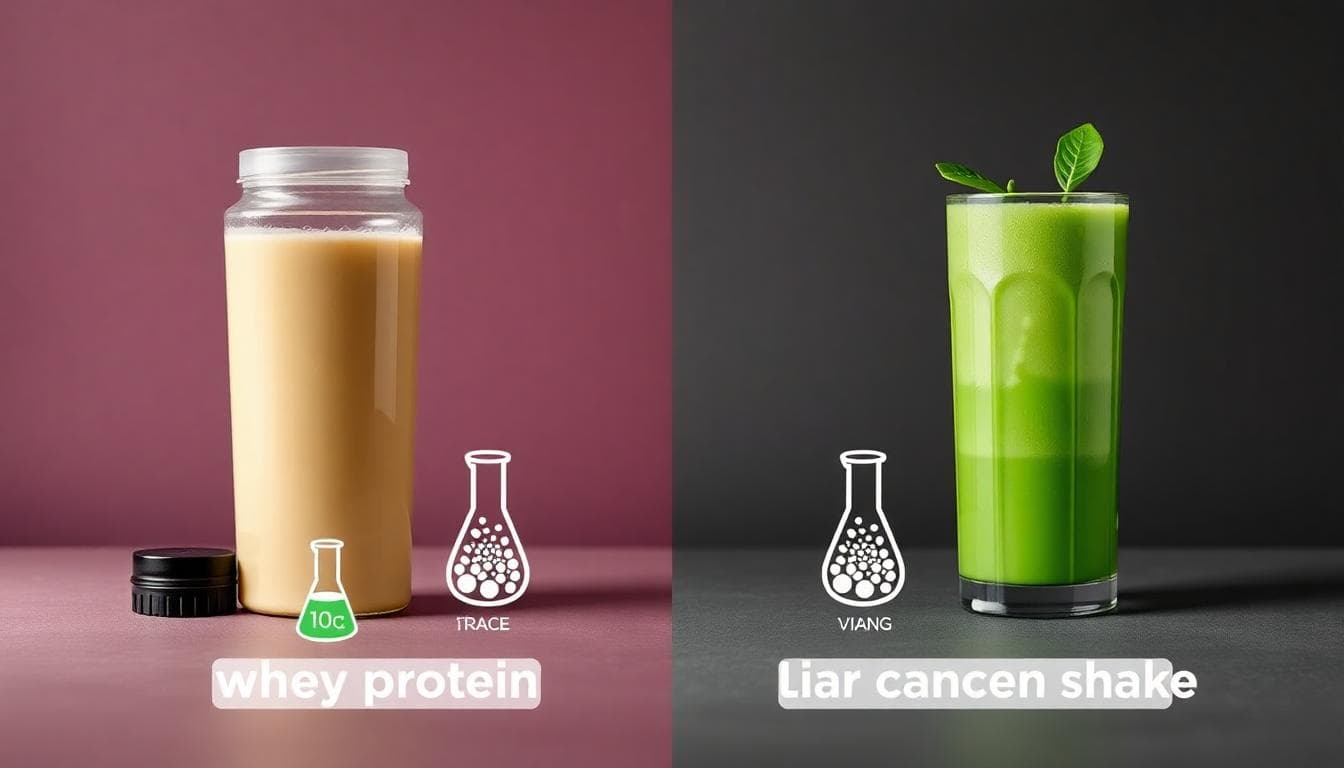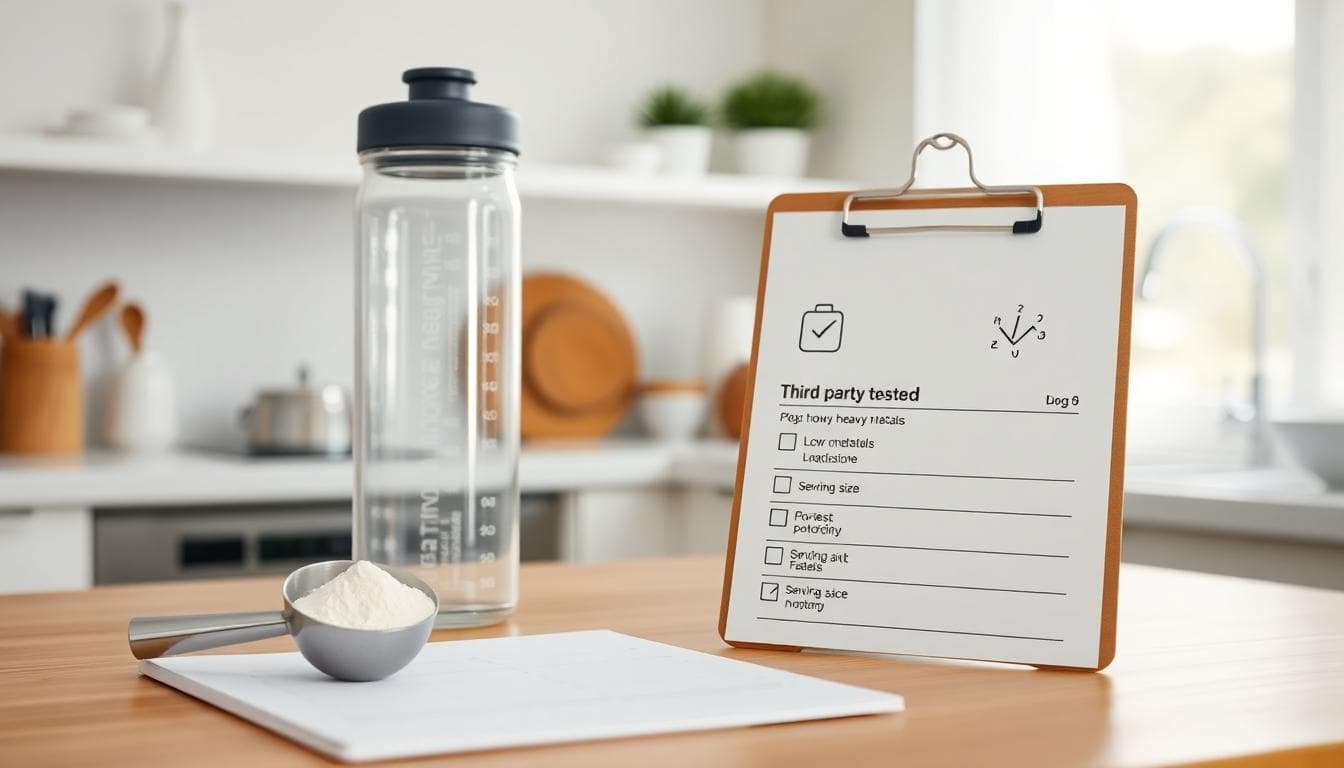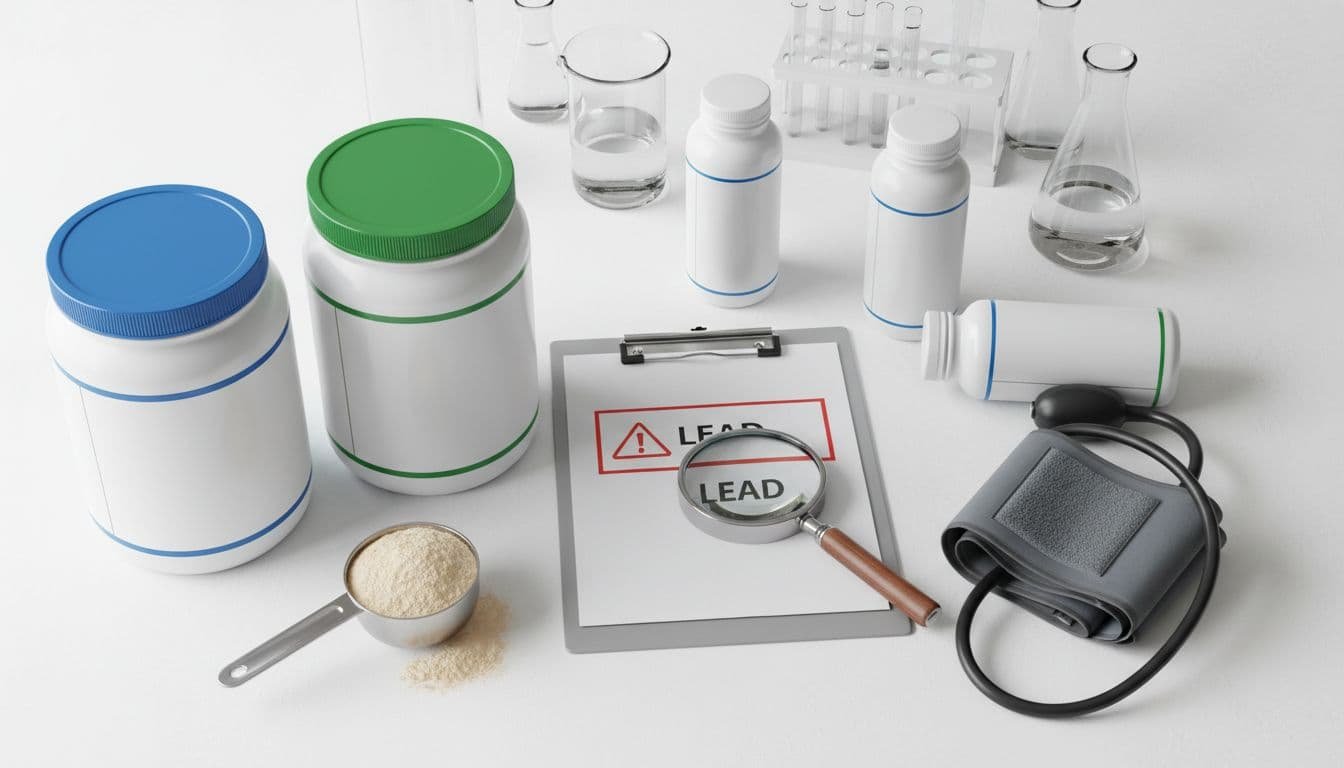Recent independent testing highlights a big concern with some protein powders and ready-to-drink shakes: elevated levels of lead and other heavy metals. Here’s what that means for your health, how to choose safer options, and what to do if you supplement daily.
Key takeaways:
- Consumer Reports tested 23 popular protein powders and shakes and found many with concerning lead levels.
- Plant-based products, on average, showed higher lead than dairy-based options like whey.
- Experts advise avoiding daily use for many powders; focus on whole-food protein first.
- If you do supplement, look for third-party testing and be mindful of your serving size.
What the testing found
Consumer Reports recently investigated heavy metal contamination in protein supplements and reported that more than two-thirds of the tested products delivered more lead in a single serving than CR’s daily level of concern. Some products reportedly exceeded that threshold by a wide margin.
While dairy-based powders and shakes generally had lower lead levels in the testing, many still weren’t ideal for daily use. Plant-based powders tended to have more lead on average, and a few were flagged as especially concerning. It’s a stark reminder that “natural” or “plant-based” does not always mean safer.
Source: Consumer Reports

Why heavy metals show up in protein powders
Heavy metals like lead can enter ingredients through soil and water. Plants grown in contaminated soil may absorb trace amounts. Manufacturing processes and equipment can also add to the risk if quality controls are weak. Because supplements are not reviewed by the FDA before sale, quality varies widely between brands.
Important context: the amounts discussed here are usually low and won’t cause immediate harm. The concern is long-term exposure, especially if you use these products every day. Lead can build up in the body over time. That’s why daily consumption of higher-amount products is discouraged, and why picking a cleaner product matters.
Who should be most careful
- Children and teens: Developing brains are more vulnerable to lead. Avoid protein powders for kids unless guided by a healthcare professional.
- Pregnant or breastfeeding people: Minimize exposure to lead and other heavy metals whenever possible. Whole-food protein sources are safest.
- Daily users: If a powder is part of your everyday routine, your total exposure can add up. Choosing rigorously tested options and moderating intake is key.

How to choose safer protein supplements
You don’t have to quit protein powder for good, but you should be selective. Use this checklist when picking a product:
- Look for third-party testing: Certifications from groups like NSF, Informed Choice, or USP add confidence. They indicate checks for contaminants and label accuracy.
- Review brand transparency: Trust brands that publish Certificates of Analysis (COAs), share lot-specific test data, and disclose their manufacturing standards.
- Prefer simpler formulas: Fewer ingredients can mean fewer contamination sources. Skip flashy blends and unnecessary additives.
- Mind the serving size: If you need a daily shake, consider half scoops, or rotate days. Smaller frequent doses can reduce cumulative exposure.
- Rotate protein sources: Alternate between dairy-based and plant-based, or switch brands periodically. Variety can reduce repeated exposure to any single source.
Whole-food protein first
Most people can meet protein needs through food. Here are reliable options per typical serving:
- Greek yogurt: 15 to 20 grams
- Cottage cheese: 12 to 15 grams
- Eggs: 6 grams each
- Chicken breast: 25 to 30 grams per 3 to 4 ounces
- Beans and lentils: 7 to 9 grams per half cup cooked
- Tofu or tempeh: 10 to 20 grams depending on type and serving
Whole foods give you vitamins, minerals, and fiber along with protein. You also avoid the variability found in some supplements.

If you already use protein powder daily
Don’t panic. Short-term use is unlikely to cause immediate harm for healthy adults. If you want to be cautious, try these steps:
- Audit your intake: Track how many servings you have each week. Can you cut it by 25 to 50 percent without hurting your goals?
- Switch to a vetted brand: Choose a product with third-party testing and published contaminant data.
- Use food first: Replace one shake a day with a whole-food snack like Greek yogurt, eggs, or a bean bowl.
- Stay hydrated and support overall nutrition: A balanced diet supports detox pathways and overall health.
- Talk to your clinician if concerned: If you’re pregnant, planning to be, or have health conditions, get individualized guidance.
What this means for the supplement industry
This report underscores the need for stricter quality control, more transparency, and clearer standards for contaminants in supplements. Until regulation catches up, consumers will have to rely on third-party testing, brand reputation, and careful reading of labels and COAs.
The bottom line
Protein powders can be convenient and useful, but daily use of products with elevated heavy metals is not worth the risk, especially when most people can hit protein targets with food. If you decide to supplement, pick a brand that proves its purity, keep servings modest, and rotate your sources. Your long-term health is more important than a quick 30 grams of protein.
Reporting note: This article summarizes and comments on findings first reported by Consumer Reports. Read the full investigation here: Consumer Reports: Protein Powders and Shakes Contain High Levels of Lead.
FAQ
Do I need protein powder?
Not usually. Most active adults can meet needs with balanced meals. Powders are optional and should be used thoughtfully.
Are dairy-based powders safer?
In testing, dairy-based options often had lower average lead than plant-based. But not all dairy powders are low, and not all plant-based are high. Verify with third-party testing.
How can I reduce risk if I supplement?
Choose a third-party tested brand, limit servings, rotate products, and prioritize whole foods.
To contact us click Here .







